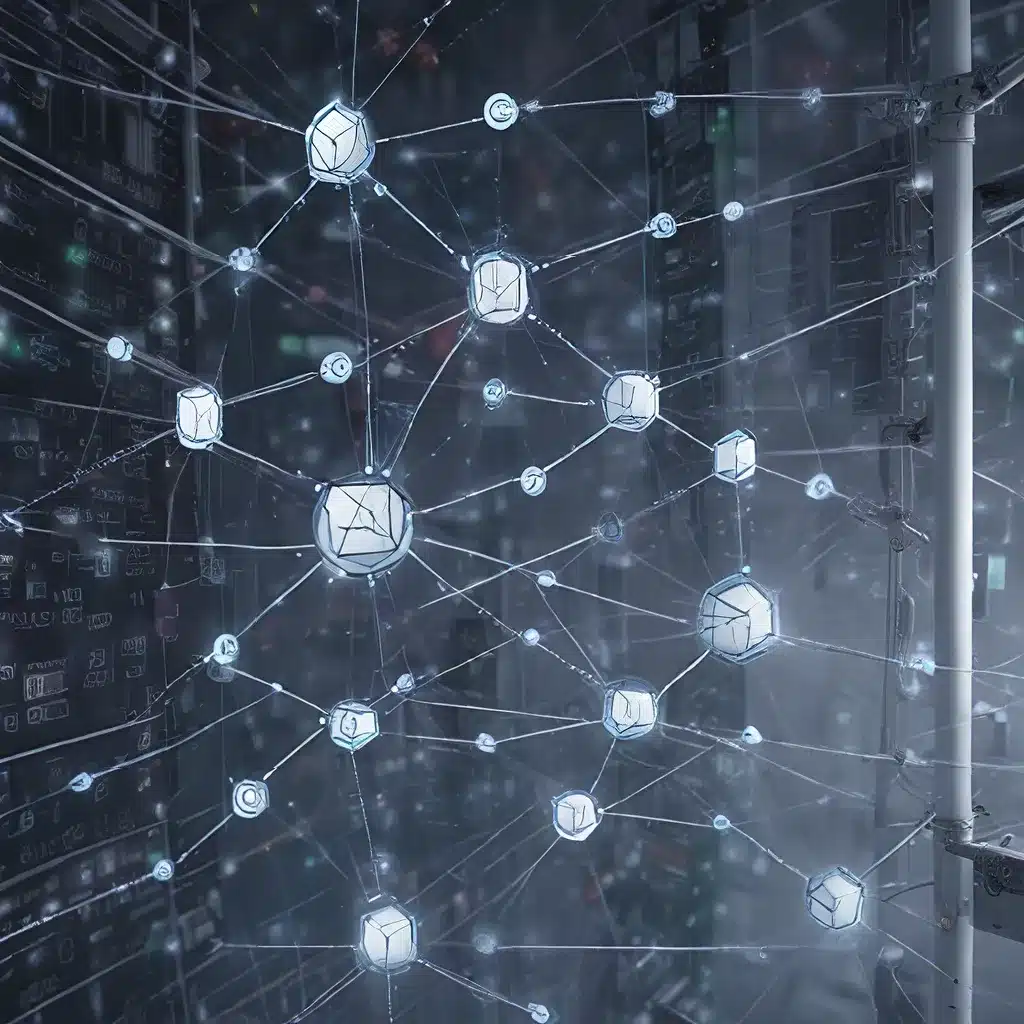
The Evolution of Sensor Networks and IoT
Sensor networks have evolved significantly over the past decade, driven by the rapid growth of the Internet of Things (IoT). IoT has emerged as the next most important frontier for wireless networking, with the goal of enabling many societally important applications in smart cities, industry, agriculture, and health sectors for analytics, diagnostics, monitoring, tracking, and control. Our goal is to enhance communications and sensing capabilities of these IoT network infrastructures using distributed communications, computing, learning, and edge processing.
One of the major novelties in this distributed approach is the use of robots and UAVs (Unmanned Aerial Vehicles) to collaboratively coordinate, share, and process information while increasing the network capacity, range, and energy efficiency. We are one of the leading labs in the county in UAV-based distributed beamforming and MIMO technologies that have demonstrated real-time synchronization and coherent signal processing of a UAV swarm using software-defined-radios (SDRs). Additionally, we have developed a novel framework for the optimal placement of distributed nodes for maximum capacity and task-oriented optimization of communications modalities.
Distributed Coordination Protocols for Sensor Networks
In smart city and massive IoT applications, we have investigated spectrum sharing protocols and distributed spectrum sensing algorithms for interference management and energy-efficient access of millions of devices. These distributed coordination protocols play a crucial role in ensuring the scalability and reliability of sensor networks, particularly as the number of connected devices continues to grow exponentially.
One such protocol is Distributed Beamforming, which leverages the coordinated movement and positioning of UAVs to create a distributed MIMO (Multiple-Input, Multiple-Output) system. By synchronizing the phase and timing of the signals from multiple UAVs, we can create a coherent, high-gain signal that can be directed towards specific areas of interest, or used to improve the coverage and capacity of the sensor network.
Another key protocol is Distributed Spectrum Sensing, which allows sensor nodes to cooperatively monitor and share information about the available radio spectrum. This enables dynamic spectrum access, where sensor nodes can adaptively select the optimal frequency bands for communication, reducing interference and improving energy efficiency.
Security and Privacy Considerations in IoT Sensor Networks
As sensor networks and IoT devices become increasingly ubiquitous, the need for robust security and privacy measures has become paramount. Federal government websites often end in .gov or .mil, and before sharing sensitive information, users should make sure they are on a federal government site that is secure.
One of the key security challenges in IoT sensor networks is the sheer number of devices and the heterogeneity of the hardware and software used. This diversity makes it difficult to implement a one-size-fits-all security solution, and requires a more distributed, adaptive approach.
Blockchain technology has emerged as a promising solution for secure data management and access control in IoT sensor networks. By leveraging the decentralized, tamper-resistant nature of blockchain, sensor data can be securely stored and shared, while maintaining user privacy.
Additionally, edge computing and distributed learning techniques can be employed to perform security-critical tasks, such as anomaly detection and intrusion prevention, closer to the edge of the network, reducing the attack surface and minimizing the reliance on centralized servers.
Energy-Efficient Sensor Network Design
The energy efficiency of sensor networks is another crucial consideration, as many IoT applications rely on battery-powered or energy-harvesting sensor nodes. Distributed coordination protocols can play a significant role in optimizing energy consumption by enabling techniques like duty cycling, adaptive transmission power, and energy-aware routing.
For example, Distributed Sleep Scheduling protocols can coordinate the sleep and wake cycles of sensor nodes, ensuring that only the necessary nodes are active at any given time, while preserving the overall network coverage and connectivity.
Distributed Transmission Power Control protocols can dynamically adjust the transmission power of each sensor node based on factors like distance, channel conditions, and network topology, reducing the overall energy consumption without compromising communication performance.
Furthermore, Distributed Data Aggregation and In-Network Processing techniques can minimize the amount of data that needs to be transmitted, by performing local processing and aggregation at the sensor nodes, before relaying the information to the central network.
The Future of Sensor Networks and IoT
As the Internet of Things (IoT) continues to evolve and expand, the role of sensor networks will become increasingly crucial in enabling a wide range of applications, from smart cities and industrial automation to precision agriculture and healthcare monitoring.
The advancements in distributed coordination protocols, energy-efficient designs, and robust security measures will be key to unlocking the full potential of sensor networks and IoT. By leveraging the capabilities of robots, UAVs, and edge computing, we can create highly adaptive, resilient, and energy-efficient sensor network infrastructures that can meet the demands of the digital age.
As we continue to push the boundaries of what is possible with sensor networks and IoT, the future holds immense potential for transforming the way we interact with our environment, improve our lives, and tackle some of the most pressing challenges facing our society.